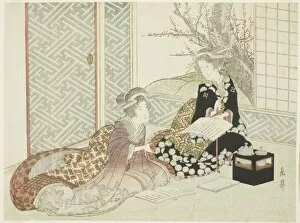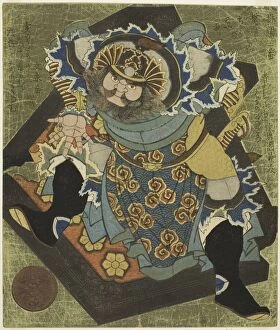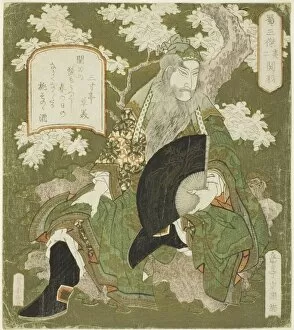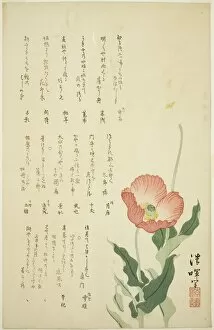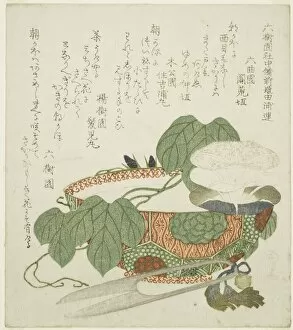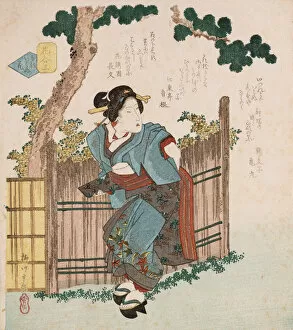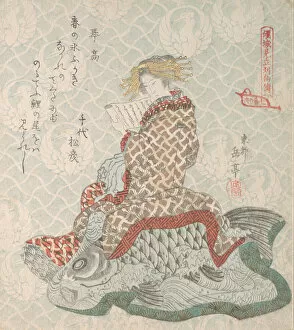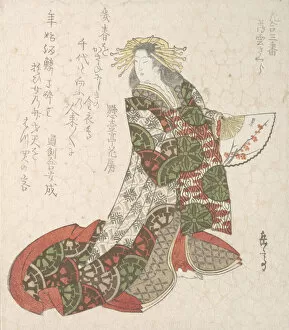Surimono Collection (page 8)
Surimono, a term that translates to "printed things, " refers to a unique form of Japanese woodblock prints that emerged during the Edo period
All Professionally Made to Order for Quick Shipping
Surimono, a term that translates to "printed things, " refers to a unique form of Japanese woodblock prints that emerged during the Edo period. These exquisite artworks were not meant for commercial purposes but rather served as private and exclusive gifts or keepsakes among the elite. One captivating example is the portrait of a Rabbit by Yabu Chosui in 1867. With delicate brushwork and intricate details, this surimono captures the charm and playfulness of its subject, showcasing the artist's skillful execution. Another notable piece is The Monkey King Songoku from the Chinese novel Journey to the West, created around 1824. This surimono depicts an iconic character known for his mischievous nature and extraordinary powers, bringing elements of fantasy into this art form. In Cock Eyeing a Free-standing Screen Painted with Cock, Hen, and Chicks from Springtime collection, we witness both humor and beauty combined effortlessly on paper. This delightful composition showcases vibrant colors while portraying various aspects of nature through depictions of roosters and hens. A Poet and Mount Fuji From the Spring Rain Collection takes us on a journey through time with its depiction of Japan's most revered mountain alongside an elegant poet. Created in the 1820s by an unknown artist, this surimono exemplifies harmony between man-made structures like pagodas and natural landscapes such as cherry blossoms. New Year Greeting Card for "Rat" Year by Yanagawa Shigenobu in 1828 celebrates zodiac symbolism with meticulous craftsmanship. The rat symbolizes intelligence and resourcefulness according to Chinese astrology; thus, this artwork conveys good wishes for prosperity in the coming year. Utensils for Incense Ceremony provides insight into traditional Japanese customs surrounding incense appreciation. Crafted by an incense master named Kogiki during an undisclosed date within history's annals; these utensils embody the elegance and precision required for this ancient ritual.


